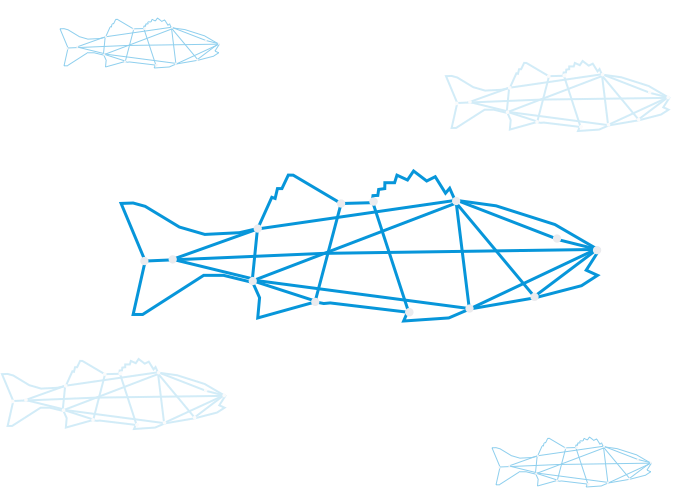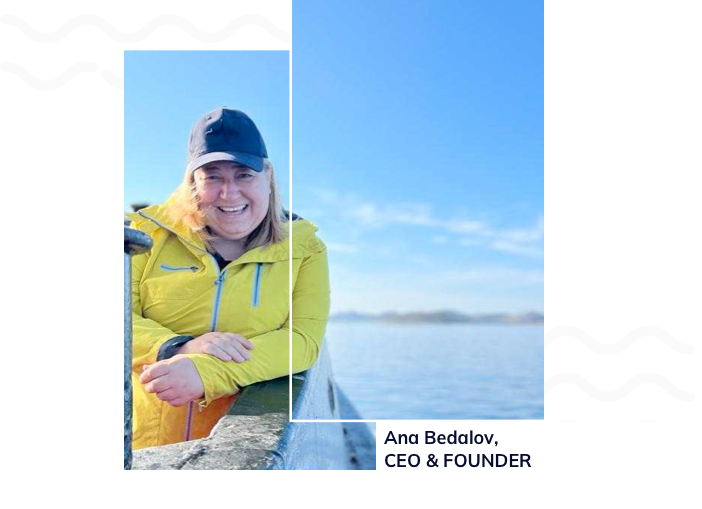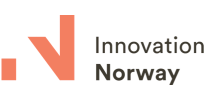KARMENstudio is an aquaculture AI FISH & NETS video inspection software
Get a free 14-days trial
Get a free 14-days trial

Get fish and infrastructure data in NEAR-REAL TIME from videos recorded with ANY CAMERA/ROV*
*we developed recording protocols creating ideal videos for AI video analysis without compromising the quality of output data
• save up to 30% on cages cleaning
• count fish in transfers with 95% accuracy and in up to 300% less time
• reduce copper release to protect the environment and improve ESG score
• fullfill legal requirements easily and accuratelly
• use only one video to count fish and estimate biomass

Using a powerful combination of ARTIFICIAL INTELLIGENCE, ADVANCED PHYSICAL MODELING AND MACHINE LEARNING, KARMENstudio helps you make well-informed and precise decisions about all vital parameters of your aquaculture.
Learn more about our software
You don’t need to sign up or use your credit card!
Upload a video clip of yours captured by ANY ROV/camera you use.
After receiving your video, we will analyze it and send you a custom report in up to 3 days
Fouling report – Precisely locates areas that need cleaning
Fish during transfers – Fish count with a 95% accuracy
Do you have any questions?
MINIMIZE COPPER POLLUTION – PRESERVE THE OCEANS
Track fouling and remove it before it spreads – 30% less frequent cleaning of the cages significantly reduces the release of copper, protecting sea beds and sea-life
IMPROVE FISH WELFARE
Less frequent net cleaning disturbs the fish less
Initially, it is around 95% accurate. But, with machine learning, precision improves with time, reaching even higher accuracy.
Our software can work with any type of video. However, we do have certain recording protocols that will help you capture a video that is more suited to our algorithm. We organize a short learning session for all our customers to teach them how to use our simple protocol.
Our software will work well with recordings captured with almost any camera, but we have a recording protocol we recommend to our clients for the purpose of achieving the best quality and the best source for a precise analysis.
We have experience with many types of fish, and we easily adapt to any species.
We also work with square cages.
We count fish during all types of transfers – it makes no difference to us where the fish is being transferred from and to.